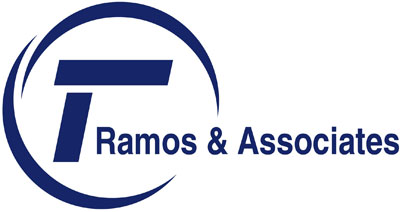Workers' Compensation Fraud
Workers’ Compensation Insurance Fraud Program
In California, workers’ compensation insurance is a no-fault system. Injured employees need not prove an injury was someone else’s fault in order to receive workers’ compensation benefits for an on-the-job injury. In addition to medical expenses being covered for injured employees, some injured workers are entitled to recover a portion of lost wages resulting from injury. Fraudulent workers’ compensation claims can be an enticing target for criminals.
Workers’ compensation insurance fraud occurs in simple and complex schemes that often require difficult and lengthy investigations. Employees may exaggerate or even fabricate injuries. At the other end of the spectrum, white-collar criminals, including doctors and lawyers, entice, pay, and conspire with others to defraud the system by creating false or exaggerated claims, over treating, and over prescribing harmful and addictive drugs. Insurance companies “pick up the tab,” passing the cost onto policyholders, taxpayers and the general public.
The Workers’ Compensation Fraud Program was established in 1991. The legislature made workers’ compensation fraud a felony, required insurers to report suspected fraud, and established a mechanism for funding enforcement and prosecution activities. The legislation established the Fraud Assessment Commission to determine the level of assessments to fund investigation and prosecution of workers’ compensation insurance fraud.
Funding for the program comes from California employers who are legally required to be insured or self-insured. The total aggregate assessment for Fiscal Year 2013-14 was $49,129,394.
During Fiscal Year 2013-14, the Fraud Division identified and reported 5,729 suspected fraud cases; (SFCs) assigned 669 new cases, made 255 arrests and referred 248 cases to prosecuting authorities. Potential loss amounted to $242,669,008.
Workers’ Compensation Fraud Convictions
District Attorneys’ Workers’ Compensation Program
In Fiscal Year 2013-14, the district attorneys reported a total of 747 arrests, which also included the majority of Fraud Division arrests. During the same timeframe, district attorneys prosecuted 1,371 cases with 1,562 suspects, resulting in 644 convictions. Restitution of $26,590,895 was ordered in connection with these convictions and $10,342,259 was collected during Fiscal Year 2013-14. The total chargeable fraud was $282,070,935, representing only a small portion of actual fraud since so many fraudulent activities remain to be identified or investigated.
Workers’ Compensation Fraud Convictions
Based on estimates by the National Insurance Crime Bureau (NICB), workers’ compensation fraud is a $30 billion problem annually in the United States. In California, it is estimated that workers’ compensation fraud costs the state between $1 billion to $3 billion per year.
With these estimates in mind, Assembly Bill 2866 (Chapter 281) was signed into law by the Governor of California. This new legislation added section 1871.9 to the California Insurance Code.
Section 1871.9 mandates the posting to the Department of Insurance’s public web site those defendants that are convicted of Worker’s Compensation Insurance Fraud in a court of law. Specifically, the Department of Insurance shall post all of the following information on its internet website for each person, as defined in Section 19, convicted of a violation of this article (1871.4), Section 11760 or 11880, Section 3700.5 of the Labor Code or Section 487 or 550 of the Penal Code, if the violation involved workers’ compensation insurance, services or benefits:
- The name, case number, county or court and other identifying information with respect to the case.The full name of the defendant.
- The city and county of the defendant’s last known residence or business address.
- The date of conviction.
- A description of the offense.
- The amount of money alleged to have been defrauded.
- A description of the punishment imposed, including the length of any sentence of imprisonment and the amount of any fine imposed.
The information required to be posted under this section shall be maintained on the Department’s website for a period of five years from the date of conviction or until the Department is notified in writing by the person that the conviction has been reversed or expunged.
Note: If new documentation has been received that in any way affects the conviction information contained herein, please forward that documentation with an explanation to:
California Department of Insurance, Enforcement Branch
Bureau Chief, Workers’ Compensation Program
9342 Tech Center Drive, Suite 100
Sacramento, CA 95826
A determination to make any changes will be made within sixty (60) days of receipt of the information.
